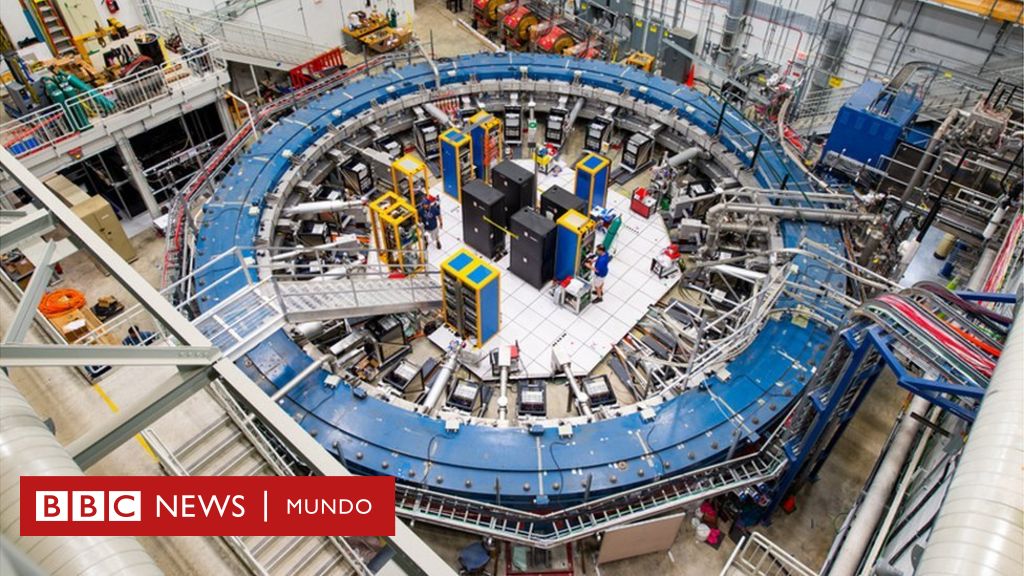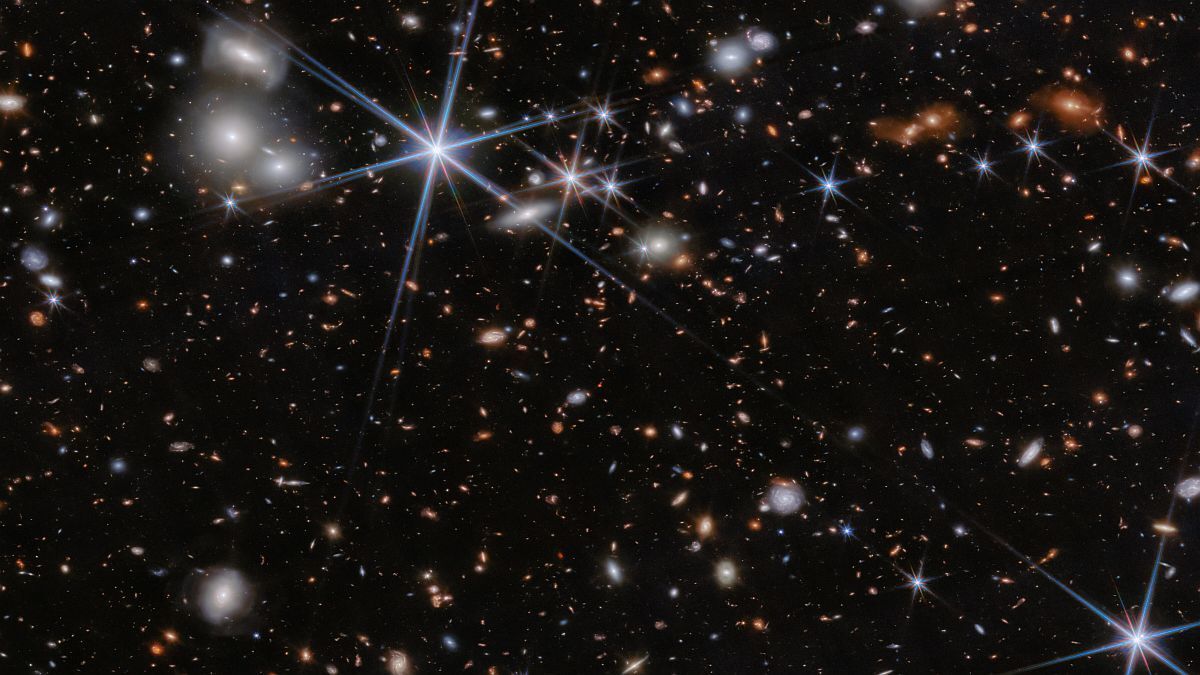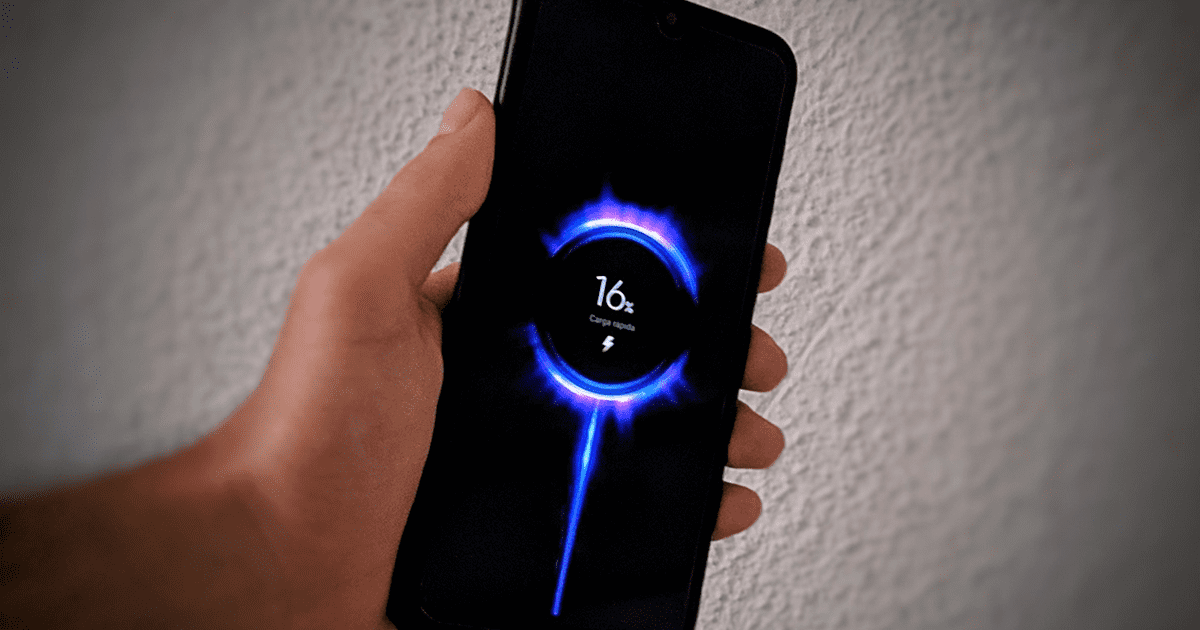image source, Rydar Hahn / Fermilab
The discovery occurred as part of the muon g-2 experiment.
A group of scientists near the city of Chicago in the United States said that they may be close to discovering the existence of a new force of nature.
They have found new evidence that subatomic particles, known as Muons, however, do not behave as current theory of subatomic physics predicts.
Scientists think this may indicate a hitherto unknown force acting on the muons.
More data would be needed to confirm the results, however If realized, it could signal the beginning of a new revolution in the world of physics.
All the forces we experience today can be grouped into four categories: Gravity, electromagnetism, the strong and weak nuclear forces. These four fundamental forces control the interaction of all things and particles throughout the universe.
Muon acceleration
image source, Getty Images
According to the Standard Model of particle physics, fundamental particles interact with the Higgs field, and thus gain mass.
The discovery was made at the facilities of an American particle accelerator called Fermilab. They were working on the basis of a study published by Fermilab in 2021, which suggests that there may be a fifth force in the universe.
Since then, the research group has accumulated more data and claims that it has greatly reduced the uncertainty factor: “We are indeed testing a new area. We are determining the measurements with much more precision than was done previously.”
In an experiment with the distinguished name “g minus two (g-2)”, The researchers accelerated subatomic particles called muons about 1,000 times around a ring about 50 feet in diameter.at close to the speed of light.
The researchers found that the muons would behave in a way that cannot be explained by the current theory, known as the Standard Model, due to the influence of a new force of nature.
Although the evidence is strong, the Fermilab team says they don’t have conclusive proof.
to be sure
image source, Fermilab
Fermilab, located near Chicago, is the leading physics laboratory in the United States.
The researchers believe that they will have all the information they need, and that the theoretical uncertainty will have decreased enough within two years for them to reach their goal.
A competing team in Europe, working with the Large Hadron Collider (LHC), hopes to hit the target sooner.
Mitesh Patel, of Imperial College London, is one of thousands of physicists at the LHC trying to discover flaws in the Standard Model. He told BBC News that The first to find experimental results that contradict the Standard Model will achieve one of the most important milestones ever in physics.
“Measuring behavior that does not match the predictions of the Standard Model is the holy grail of particle physics. It will be the shot that starts a revolution in our understanding because the Standard Model has been confirmed by experimental tests for more than 50 years.
From Fermilab they say their next series of results will be the “maximum convergence” between theory and experiment, which could lead to new particles or forces.
standard form
image source, CERN
Scientists at the Large Hadron Collider in Europe are racing to find inconsistencies in the Standard Model.
But what is the Standard Model, and why is there so much interest in experimental results that don’t really agree with its predictions?
Everything in our world is made up of atoms, which in turn are made up of smaller particles.. These interact to create the four forces of nature: electricity and magnetism (electromagnetism), the two nuclear forces, and gravity.
The Standard Model predicts its behavior and has done so perfectly, without any errors, for 50 years..
Muons are similar to the electrons that orbit atoms and are responsible for electric currents, but they are 200 times larger.
In the experiment, powerful superconducting magnets were used to stir up the muons.
image source, European Space Agency/NASA Hubble
One answer we can get is why galaxies are moving away so quickly.
The results show that the muons oscillate faster than they should according to the Standard Model.
Professor Graziano Venanzoni, from the University of Liverpool – and one of the lead researchers on the project – told BBC News that this could be due to a new, unknown force.
“We think there might be another force out there, something we don’t know yet, but it must be important because it tells us something new about the universe.”
If confirmed, it could mark one of the most important scientific milestones in the past 100 years, since Einstein presented his theories of relativity. This is because the fifth force, and any kind of particle associated with it, is not included in the Standard Model of particle physics.
Researchers know there is something they describe as “physics beyond the Standard Model” because current theory doesn’t fully explain everything astronomers see in space.
Among the hitherto inexplicable phenomena is the fact that galaxies continue to recede at an accelerated rate after the Big Bang, rather than slowing down. Scientists say the acceleration is driven by an unknown force called dark energy.
Galaxies also spin faster than they should, based on our understanding of how much material they contain. Researchers believe this is caused by an invisible particle called dark matter, which is not accounted for in the Standard Model.
The results of the latest study have been published in Journal of Physical Review Letters.
Remember that you can receive notifications from BBC News World. Download and activate the latest version of our app so you don’t miss out on our best content.





